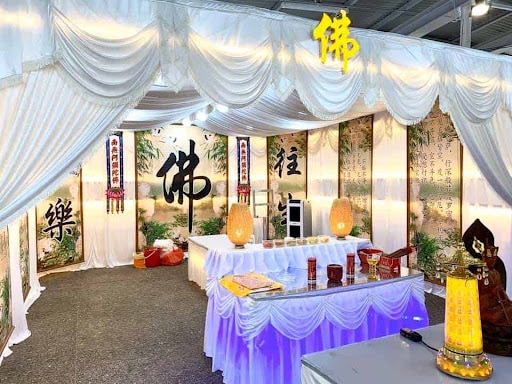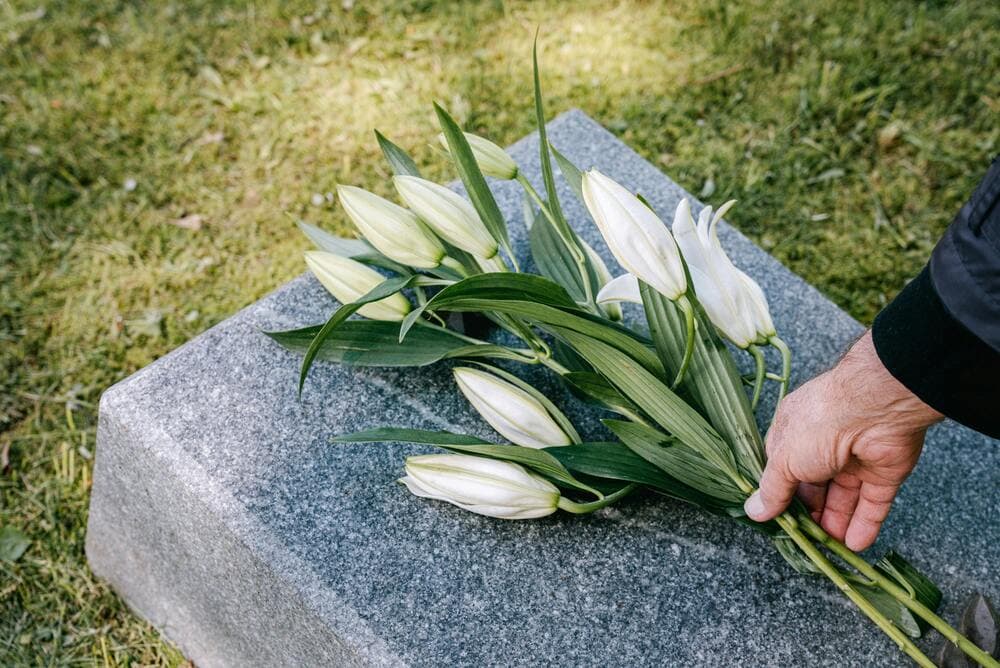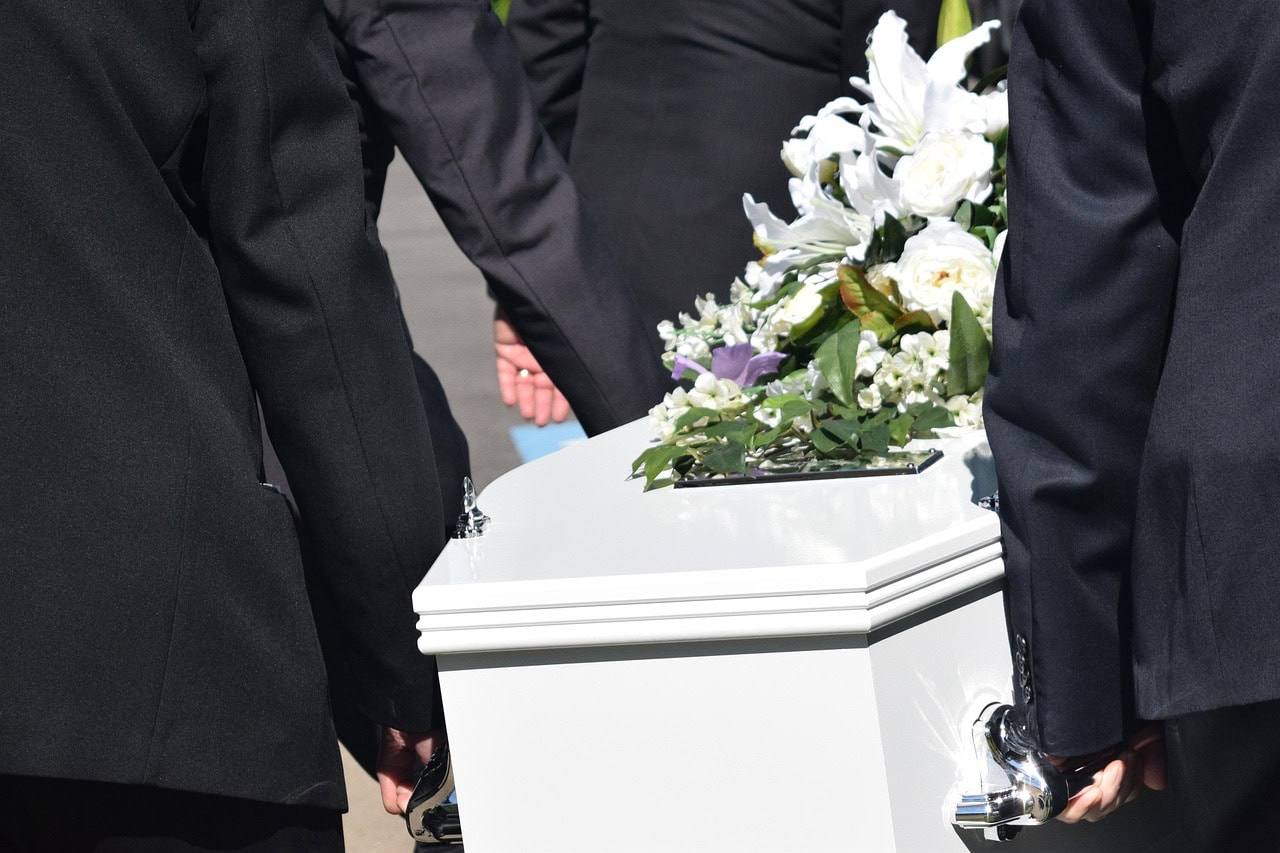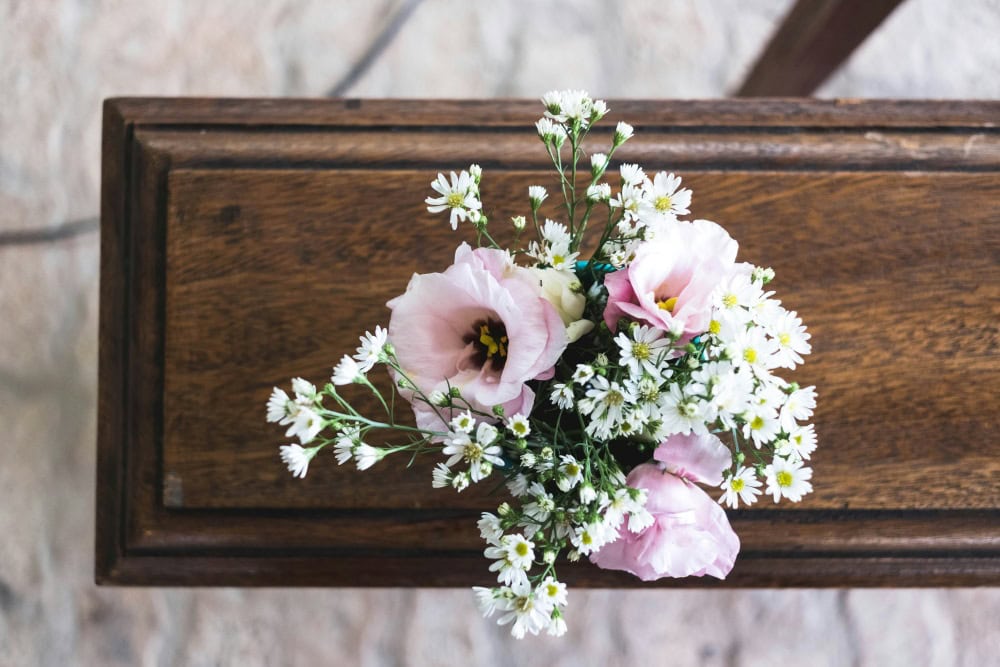 In times of loss, funerals provide a space for loved ones to gather, remember, and bid farewell to the departed soul. Like any other culture, Buddhist Funeral in Singapore have unique customs and traditions that hold deep spiritual significance. Understanding these customs can help attendees and family members navigate the ceremony respectfully and sensitively.
In times of loss, funerals provide a space for loved ones to gather, remember, and bid farewell to the departed soul. Like any other culture, Buddhist Funeral in Singapore have unique customs and traditions that hold deep spiritual significance. Understanding these customs can help attendees and family members navigate the ceremony respectfully and sensitively.
This Blog Will Explore The Customs Followed At A Buddhist Funeral In Singapore:
1. The Buddhist Funeral Service
A Buddhist funeral service in Singapore typically occurs at a funeral home, temple, or crematorium. It begins with chanting Buddhist sutras, guided by a monk or Buddhist master. The chanting serves to invoke blessings and bestow merits on the deceased for a peaceful transition to the afterlife.
2. Funeral Arrangements
When a loved one passes away, the family or close friends make arrangements for the funeral service. Funeral Services Singapore offers various Buddhist funeral packages to cater to families’ specific needs and preferences during this challenging time. These packages often include essential items such as a casket, floral arrangements, funeral decorations, and transportation services.
3. An Open Casket Viewing
In some Buddhist funeral customs, there may be an open casket viewing, allowing mourners to pay their respects and say their final goodbyes to the departed. This practice is believed to help ease the transition of the soul by acknowledging the impermanence of life and offering closure to the living.
4. Monastic Participation
Buddhist monks play a crucial role in the funeral service. Their presence and participation symbolize spiritual guidance and support for the deceased and the grieving family. Monks often lead the ceremony, recite prayers, and deliver sermons on life, death, and the impermanence of all things.
5. Offering Alms and Merits
A significant custom during Buddhist Funeral is offering alms and merits to the deceased. Family members and attendees may bring fruits, flowers, incense, and candles to place before an altar or the casket. These offerings are seen as acts of kindness and generosity, accumulating merits that can benefit the deceased in their journey to the afterlife.
6. White Clothing
At a Buddhist funeral, mourners are usually expected to wear white clothing, symbolising purity and detachment from material desires. The color white also represents the impermanence of life, reminding attendees of the Buddhist belief in the cycle of birth and death.
7. Chanting and Meditation
Chanting and meditation are integral parts of a Buddhist funeral. Participants engage in collective chanting, reciting sacred verses, and mantras. Meditation sessions may also be held to help attendees find solace and inner peace amidst the grief.
8. Cremation or Burial
After the funeral service, the deceased is either cremated or buried. Cremation is a common practice in Singapore, following Buddhist beliefs in the impermanence of the physical body. Burials, however, are not unheard of, especially for families with specific cultural or traditional preferences.
Conclusion
A Buddhist Funeral in Singapore is a profound and spiritually significant event that brings together family, friends, and community members to honor the departed’s life and seek comfort in shared grief. By understanding the customs and traditions followed during a Buddhist funeral, attendees can participate with sensitivity and respect, providing solace to the grieving family and paying their respects to the departed soul. During these challenging times, funeral services Singapore offers support, guidance, and appropriate arrangements to help families navigate the mourning process and bid a heartfelt farewell to their loved ones.


